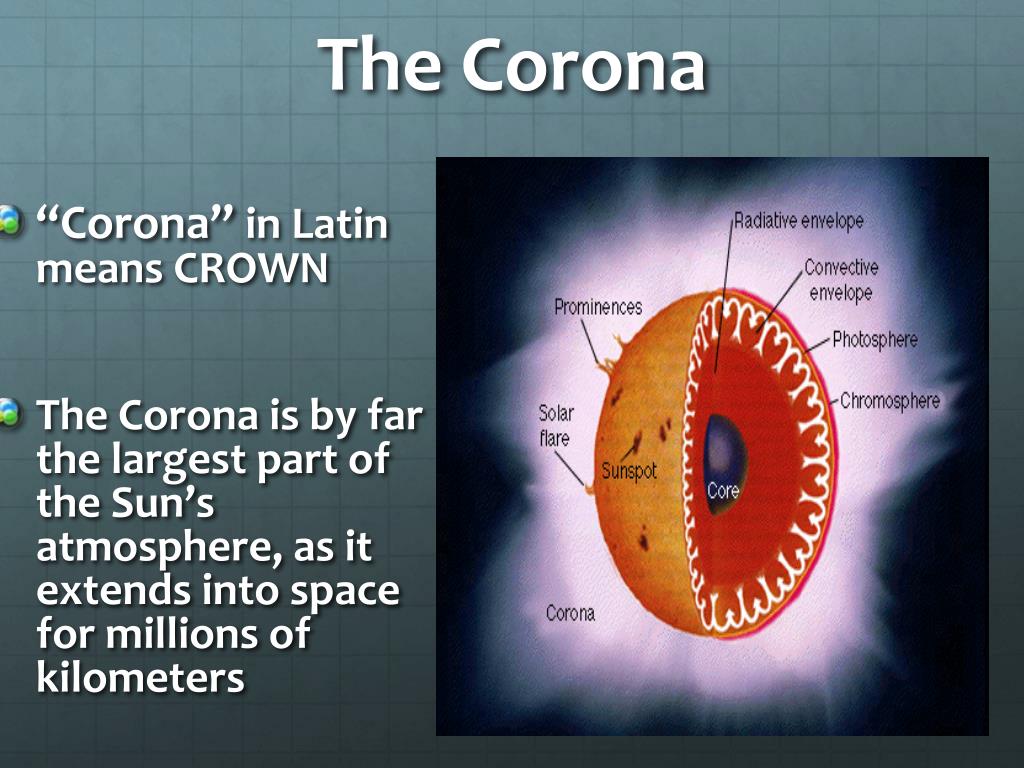
A Chinese apothecary in Chinatown in San Francisco, California, mid-1880s. At the time, many Chinese were out of work after helping in the 1860s to build the Transcontinental Railroad, completing the "most dangerous jobs on the toughest part of the route" and earning roughly one-third less than white workers, Kwok said.

Perceptions in the 19th century that Chinese immigrants were the source of diseases like smallpox, leprosy and malaria, played a role in the act's passage, Jeung said, as did fears they were taking away jobs from white workers. The picture was taken in 1877 and shows the crude construction methods in use when the first railroad was built across the Sierra Nevada Mountains. Chinese laborers at work with pick and shovel wheelbarrows and one-horse dump carts filling in under the long-secret town trestle, which was originally built in 1865 on the Present Southern Pacific Railroad lines of Sacramento. "It was the Chinese, who came in their numbers, that really pushed America to restrictive immigration laws for the very first time in history," Kwok said. It legalized a 10-year ban on Chinese labor immigration, which continued in some form until 1943. Arthur signed the first significant law limiting immigration into the United States, according to. In the spring of 1882, Congress passed and President Chester A. "They were seen as open to attack." The Chinese Exclusion Act of 1882 the way that white people in America interacted with Chinese," Beth Lew-Williams, history professor at Princeton University and author of "The Chinese Must Go: Violence, Exclusion, and the Making of the Alien in America," told TODAY. "That understanding that there would be no legal repercussions for violence against Chinese people just changed.

Hall also set a dangerous precedent by ruling that an Asian person couldn't testify against a white person in a criminal proceeding. ullstein bild via Getty ImagesĪn 1854 California Supreme Court Case called the People v. A wood engraving showing members of a youth gang attacking Chinese and Chilean contract laborers' encampments from San Francisco, 1849. In 1885, white mobs in Rock Springs, Wyoming, murdered 28 Chinese coal miners, wounded 15 more and burnt down the city's Chinatown, according to the state's historical society. Eight people were convicted of manslaughter, but the convictions were overturned and no one was retried. In the 1871 Chinese massacre, rioters killed 10% of the Chinese population in Los Angeles, about 18 people, according to the L.A. Kwok added that there were "many, many recorded lynchings and killings, but obviously not on the same scale as Native Americans and African Americans." In 1906, a fishing village of 200 people outside Monterey, California, where his family lived at the time, was burned down, he said. Corbis via Getty Imagesĭuring this period, some 300 Chinese settlements were displaced, Jeung told TODAY. "They didn't want to accept them as American." View of Chinese fishing camp against a hillside in Point San Pedro, San Francisco Bay, circa 1889. during the gold rush were "driven out of town" out of fear they were driving down wages, he added. Many Chinese people who emigrated to the western U.S. The nonprofit doesn't report those to police. According to NBC News, Stop AAPI Hate said 69 occurrences included racist language coupled with a physical incident. It received more than 2,800 reports of hate incidents between March and December 2020.

Last spring, activists started a national system for tracking discrimination and violence against Asian Americans and Pacific islanders, called Stop AAPI Hate. Tracy Wong takes part in a rally to raise awareness of anti-Asian violence, near Chinatown in Los Angeles on Feb. In 2020, New York City police recorded 28 hate crimes against Asian Americans, up from three in 2019. An 84-year-old Thai American, Vicha Ratanapakdee, was pushed to the ground in January and died from his injuries a few days later, NBC News reported. In the San Francisco area, home to the nation's largest and oldest Chinatown, there were at least 18 attacks against Asians in February alone, TODAY previously reported. An apparent rise in anti-Asian bigotry over the past year has also led to fewer customers for Asian-run businesses and a surge in violence, especially against older people. Chinatowns across the country are struggling due to the COVID-19 pandemic, which has impacted these communities far beyond mask requirements and limited restaurant capacity.


 0 kommentar(er)
0 kommentar(er)
